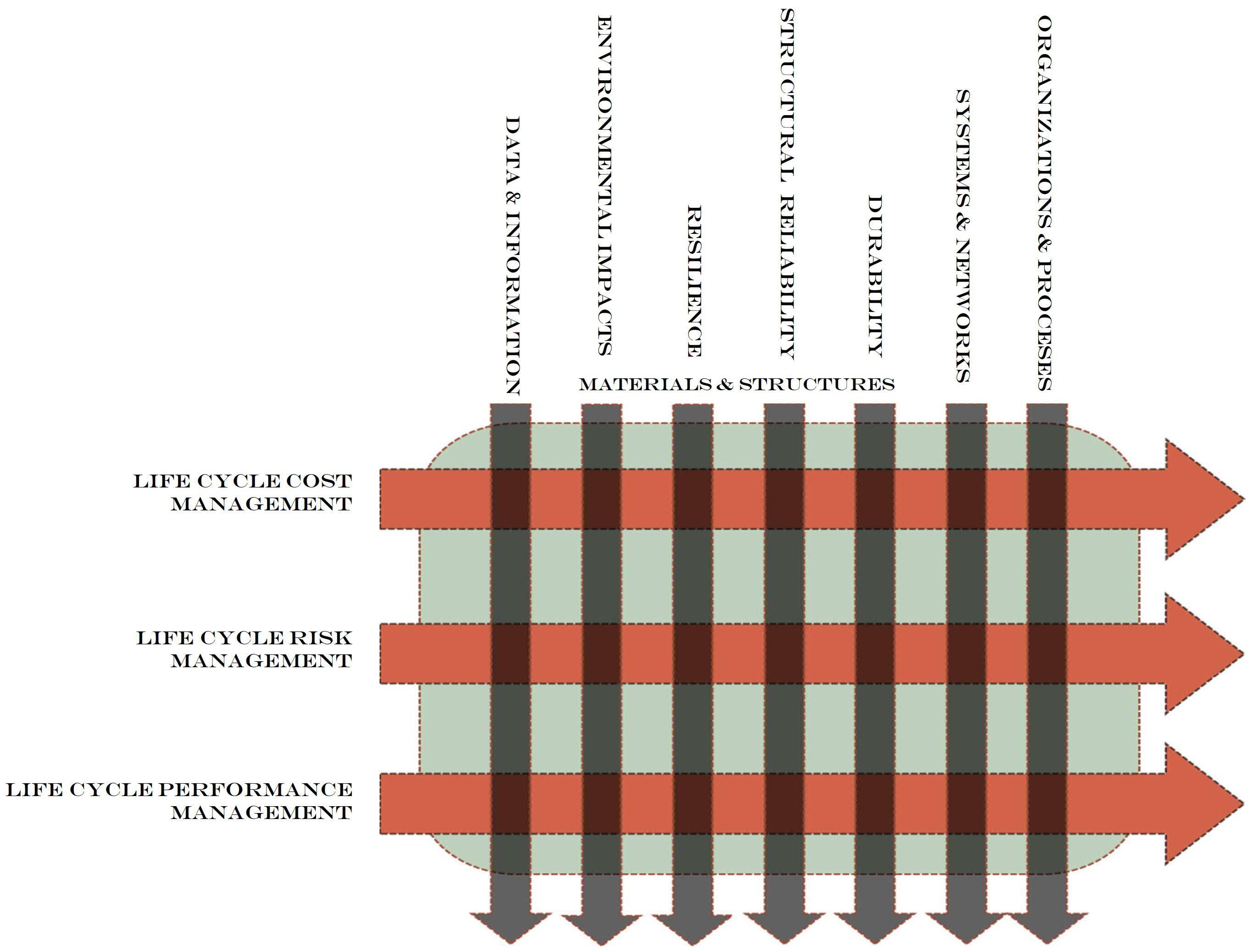Jaap Bakker (Rijkswaterstaat)
Utrecht, The Netherlands

Bart Luiten (TNO)
Delft, The Netherlands
Improving the performance of our assets over their life cycle relies heavily on the timely availability of accurate, actual and accessible data. There are many new developments in data technologies that are helping us to overcome the challenges on data management improving the way we manage the performance of assets over the life cycle management.
Session 1 (Monday, 11:00 – 13:00) (Download abstracts)
| 1. | Use of remote sensing for optimising the maintenance strategy of road transition zones: a data-driven solution | Ana Teixeira |
| 2. | A data-driven approach to probabilistic budget forecasting | Martine van den Boomen |
| 3. | 3D Linked Data and BIM for Life Cycle Information Management | Jaap Bakker |
| 4. | Leveraging Big Data platforms for data and information management | Mohammed Idrees |
| 5. | The CEDR-INTERLINK approach towards Asset Information Management | Bart Luiten |
Session 2 (Monday, 16:30 – 18:00) (Download abstracts)
| 1. | Strain Estimation from Acceleration Data by Using Deep Learning | Shamim Pakzad |
| 2. | Optimal bridge maintenance cost calculation algorithms considering members correlation using genetic algorithms | Sungyeol Jin |
| 3. | Application of Recurrent Neural Network on Structural Health Monitoring | Chih-Hao Chou |
| 4. | Rotating machinery health diagnosis using discrete wavelet transform and denoising auto encoder networks | Chiang Yen-Han |
| 5. | Predictive maintenance planning of road bridges using entity embedding deep neural networks | Zahara Allah Bukhsh |

Henk Jonkers (TU Delft)
Delft, the Netherlands

Mitsuyoshi Akiyama (Waseda University)
Tokyo, Japan
Durability is the ability of a physical product to remain functional, without requiring excessive maintenance or repair, when faced with the challenges of normal operation over its design lifetime. Structures will age in time, and at some time need maintenance or need to be replaced. In Life Cycle Management durability issues need to be addressed. Ageing leads to risks an cost over the life cycle. Optimal maintenance and repair strategies deliver optimal performance over the life cycle.
Session (Monday, 11:00 – 13:00) (Download abstracts)
| 1. | Service life prediction of reinforced concrete structures through modelling: A lucrative numbers game | Bart Hendrix |
| 2. | Structural response estimation with hybrid data-driven physics-based submodeling | Shamim Pakzad |
| 3. | Study on Effect of Arc Crack on Fatigue Properties of Orthotropic Steel Bridge Deck under Complex Stress States | Qiang Guo |
| 4. | Mix designs targeting sustainable concretes require sufficient clinker content to ensure durability performance over the intended constructions service life | Henk Jonkers |
| 5. | A new precursor for bacteria-based self-healing concrete derived from organic waste streams | Emanuele Rossi |

Ferdinand Diermanse (Deltares)
Delft, the Netherlands
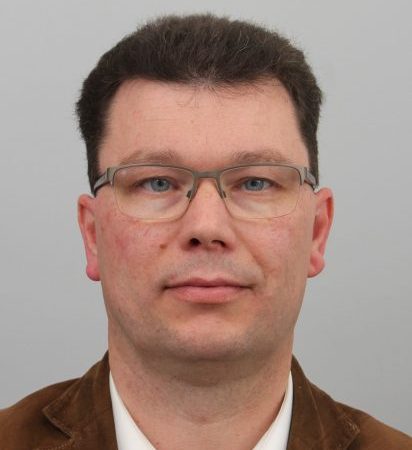
Frank den Heijer (Han University of applied sciences)
Arnhem, the Netherlands
Civil infrastructure often bears functions related to flood risk reduction, water management, navigation, mobility or a combination of those. Existing infrastructure generally has long technical life spans, but has not been generally designed to adapt for changes in use, climate or regulations. Currently, a considerable part of the (water) infrastructure is approaching the end its service life and large investments are required for rebuilding, adjusting, renovation and maintenance.
Resilience in Life Cycle Management deals with resilient life cycle engineering, resilient life cycle design & construction, and resilience in the operation and maintenance. Central issue for this topic is: “How to anticipate possible future changes and extreme events (Life Cycle Risk Management).”
Traditionally, fixed design horizons are used in the design and maintenance. But, along the way the actual ‘optimal’ life time can be affected by external developments like climate change and socio-economic changes or transitions. This session discusses on how to deal with such (deep) uncertainties in the design?
This theme session will focus on the life cycle assessment and management of water infrastructure like dikes, bridge piers/piles, sluices, locks, retaining walls, sewage and drinking water, harbor infrastructure, reservoirs and dams, etc; The focus of their management is shifting from condition and risk management, to predictive and adaptive management and from asset level to system or regional level. These trends require the search for smart solutions from technical, financial and governance point of view, to meet present day adaptive, societal and environmental requirements. The objective of this theme session is to exchange and discuss the best approaches and innovative practices in Life Cycle Engineering in water infrastructure.
Session (Monday, 11:00 – 13:00) (Download abstracts)
| 1. | Can a pipe safely cross a dike without huge costs? A life cycle analysis based on probabilities and consequences | Babette Lassing |
| 2. | Challenges and opportunities in Life Cycle Management for water infrastructure |
Wouter Jan Klerk |
| 3. | Stretching the boundaries of Infrastructure Asset Management – experience in large scale flood infrastructure asset management | Assela Pathirana |
| 4. | Scheduling for replacement and renovation of infrastructure; an optimisation method | Ferdinand Diermanse |
| 5. | Practical approach for sustainability to achieve long-term value for money on (renovation) projects | Olga Brommet |
| 6. | Developing a resilient maintenance strategy for assets subject to changing conditions | Martijn de Jong |

Agnieszka Bigaj-van Vliet (TNO)
Delft, the Netherlands
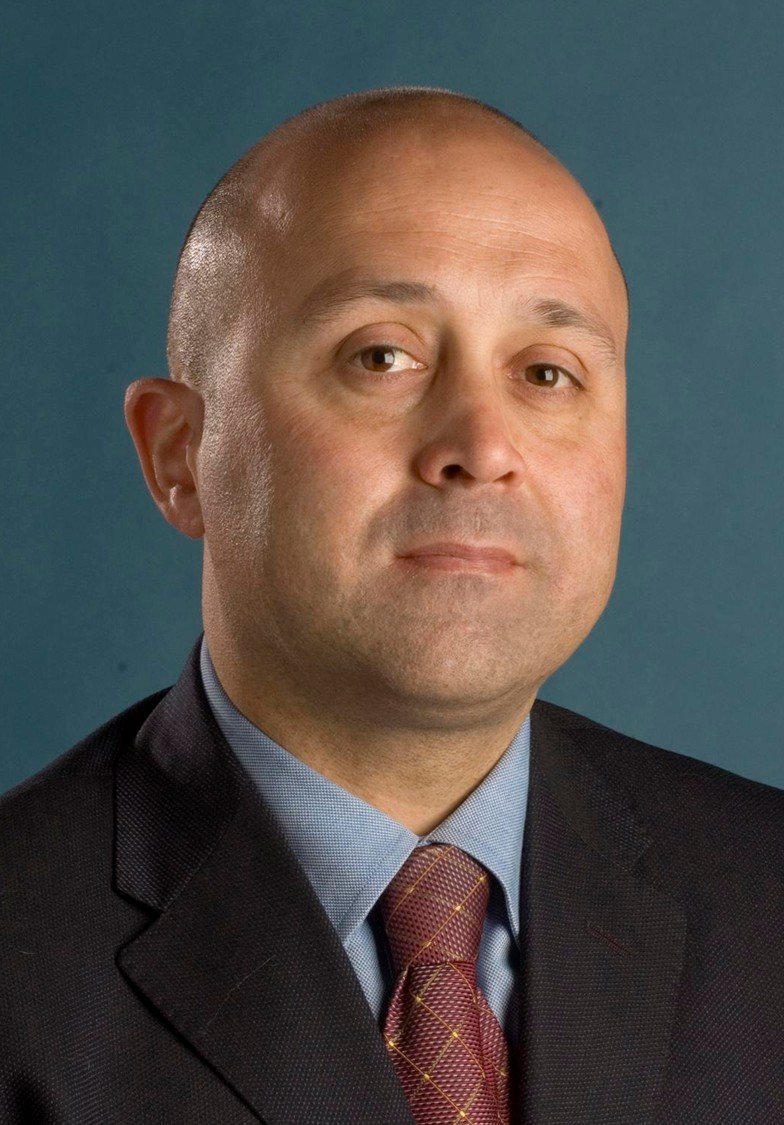
Fabio Biondini (Politecnico di Milano)
Milano, Italy

Robby Caspeele (Ghent University)
Ghent, Belgium
Structural reliability deals with the probability of failure of structures over the remaining life. Structural reliability may change over time due to changes in the loads on the structure, changes in the strength of the structure, and changes in the remaining life time of the structure. Reliability can be assessed more precisely if uncertainties in loads and strength over time are known better. Structural reliability plays a major role in design guidelines, aiming to keep risks over the life cycle of a structure within accepted boundaries. For ageing structures structural reliability needs to be managed. Changes in loads and strength over time need to be monitored. Uncertainties need to be assessed and managed. Reliability of existing structures need to be evaluated over time, and sometimes re-calculated. Investment in managing the structural reliability need to be evaluated on costs and benefits over the life cycle.
In this workshop, we distinguish two distinctive pillars of the Life Cycle Management of the Structural Reliability of assets, both with a dedicated session. This theme session focuses on the Modelling
Session (Monday, 14:00 – 16:00) (Download abstracts)
| 1. | Reliability based life cycle management scenarios for the Suurhoff bridge | Irina Stipanovic |
| 2. | Incorporation of time-dependent and spatially distributed degradation in a pre-posterior decision making framework | Eline Vereecken |
| 3. | Do nowadays Civil Engineers in Structural Reliability really have to know more about Maths than how to do Monte Carlo Experiments? | Karl Wilhelm Breitung |
| 4. | Performance evaluation of containment structure under local prestressing tendon rupture conditions | Jin Song |
| 5. | Advances on Life-Cycle Design, Assessment and Maintenance of Structures and Infrastructure Systems | Fabio Biondini |
| 6. | Modelling dependencies between multiple bridge deterioration mechanisms | Gareth Calvert |

Elisabeth Keijzer (TNO)
Delft, The Netherlands
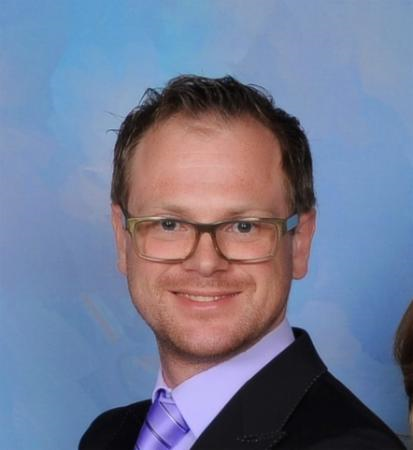
Daan Schraven (TU Delft)
Delft, The Netherlands
Sustainability is a relatively new perspective to Life Cycle Management. Infrastructure should be designed, constructed and managed during their life cycle in such a way that the harmful impacts for the environment are minimized. Key aspects that should be considered within sustainability assessment are for instance use of resources, energy and land, emissions to air, water and soil, pollution of environment by noise, vibrations and waste, and impact on species and ecosystem and society.
Session (Monday, 14:00 – 16:00) (Download abstracts)
| 1. | Towards a classification of adaptability strategies for the sustainability transition of critical infrastructures | Ingrid Bolier |
| 2. | A circularity assessment framework for bridge and viaduct designs | Tom Coenen |
| 3. | A review of circular economy of key construction materials in transport infrastructure projects | Xinyu Liu |
| 4. | Creating uniform rules for calculating environmental impact of asphalt in the Netherlands | Anna Schwarz |
| 5. | Towards greener asphalt: sustainability assessment for roads and road components in Europe | Diana Godoi Bizarro |
| 6. | Monetary evaluation of environmental impacts of buildings | Patricia Schneider-Marin |
| 7. | Existing Structures As Material Stock for Circular Structures | Siska Valcke |

Petra Paffen (Rijkswaterstaat)
Utrecht, the Netherlands

Marcel Hertogh (TU Delft)
Delft, the Netherlands
Road networks often have long life cycles. Roman road systems constructed 2000 years ago can still be recognized in the landscape. System- and network requirements may however change over time, so systems and networks also need to be adapted during their lifetime. Keeping systems and networks up to date and fit for purpose, especially on the long term, is a challenge. Lack of long term thinking will result in badly functioning, not fit for purpose, or even unsafe networks.
The Life Cycle Management of systems and networks typically needs to deal with system optimization and network management over the life cycle, while anticipating diverse challenges like climate change and aging.
Session (Monday, 14:00 – 16:00) (Download abstracts)
| 1. | The actual use of LCC in maintenance decision making on network level | Rob Treiture |
| 2. | The use of some simple LCC rules when prioritizing maintenance measures for complete infrastructure networks | Rob Treiture |
| 3. | Challenges of life cycle management in the smart grid: Case Smart Otaniemi | Helena Kortelainen |
| 4. | Life Cycle Engineering in a System of Systems – Lessons to be learnt from and for the Railways | Judit Sandor |
| 5. | A research about future investment cost of road bridge network in South Korea | Jaehoon Lim |
| 6. | Modular design for renewable cross-passage walls incl. fire doors in railway tunnels | Thomas Thaller |

Willy Peelen (TNO)
Delft, the Netherlands

Dan Frangopol (Lehigh University)
Bethelem, USA

Jose Matos (University in Minho)
Guimaraes, Portugal
Structural reliability deals with the probability of failure of structures over the remaining life. Structural reliability may change over time due to changes in the loads on the structure, changes in the strength of the structure, and changes in the remaining life time of the structure. Reliability can be assessed more precisely if uncertainties in loads and strength over time are known better. Structural reliability plays a major role in design guidelines, aiming to keep risks over the life cycle of a structure within accepted boundaries. For ageing structures structural reliability needs to be managed. Changes in loads and strength over time need to be monitored. Uncertainties need to be assessed and managed. Reliability of existing structures need to be evaluated over time, and sometimes re-calculated. Investment in managing the structural reliability need to be evaluated on costs and benefits over the life cycle.
In this workshop, we distinguish two distinctive pillars of the Life Cycle Management of the Structural Reliability of assets, both with a dedicated session. This theme session focuses on the Monitoring.
Session (Tuesday, 10:00 – 12:00) (Download abstracts)
| 1. | Quantifying the effect of foundation stiffness on offshore wind turbine dynamic response | Emily Anderson |
| 2. | Determining the Remaining Life of an Immersed Tube Tunnel in the Netherlands | Kenneth Gavin |
| 3. | Damage detection in bridges by means of structural monitoring: problems and possibilities | Andrea Benedetti |
| 4. | Effective risk management of embankments along transport networks using InSAR monitoring | Julie Ann Clarke |
| 5. | Life cycle model for railway tunnel Brajdica in Croatia | Irina Stipanovic |

Marcel Hertogh (TU Delft)
Delft, the Netherlands
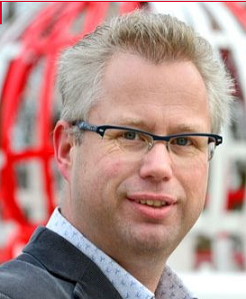
Jenne van der Velde (Rijkswaterstaat)
Utrecht, the Netherlands
Implementing Life Cycle Management in organizations and processes is a challenge. Traditional steering principles on short term issues are deeply in our cultures. Even tough the awareness on life cycle thinking grows, change is still hard to make. Both human factors and lack of technical tooling to support the changes play a role. New management concepts are needed, supported by proper tooling to make that change.
Session (Tuesday, 10:00 – 12:00) (Download abstracts)
| 1. | Towards an Systems Engineering based framework for interoperable Asset Life Cycle Management processes | Michael J.H. Baggen |
| 2. | Implementing an ISO 55.000 series based generic management system for governmental asset managers | Jos Wessels |
| 3. | Guidelines for a Common Approach to Life Cycle Cost Analysis in the Dutch Construction Sector | Kewei Pan |
| 4. | Performance age – A method to decide on the remaining functional life of bridges | Andreas Hartmann |
| 5. | Risk visualisation approaches for risk-based maintenance planning for bridges and tunnels | Farizha Aulia Martakusuma |
| 6. | Life Cycle and Asset Management; two of a kind? | Jan Swier |

Greet Leegwater (TNO)
Delft, the Netherlands

Petra Paffen (Rijkswaterstaat)
Utrecht, the Netherlands
Road networks often have long life cycles. Roman road systems constructed 2000 years ago can still be recognized in the landscape. System- and network requirements may however change over time, so systems and networks also need to be adapted during their lifetime. Keeping systems and networks up to date and fit for purpose, especially on the long term, is a challenge. Lack of long term thinking will result in badly functioning, not fit for purpose, or even unsafe networks.
The Life Cycle Management of roads typically needs to deal with optimization over the life cycle, while anticipating diverse challenges like aging, climate change and developments regarding heavy vehicle transport.
Session (Tuesday, 10:00 – 12:00) (Download abstracts)
| 1. | Policies to extend the life of road assets – Presenting LCC aspects of the 2018 research report of the International Transport Forum / OECD | Franziska Schmidt |
| 2. | A life cycle cost analysis of adaptation measures in the State of Virginia, United States, in response to the impacts of climate change on asphalt road pavement construction and maintenance | João Santos |
| 3. | Involving user delays resulting from infrastructure failure and maintenance in Life Cycle Cost analysis | Marieke van der Tuin |
| 4. | Improving durability of asphalt pavement by means of Hydronic Pavement | Arsel Inestroza |
| 5. | The use of statistical inference to estimate the life span of pavement types before reaching end of life | Léon Schouten |

Michel Kuijer (Copernicos groep)
Zwolle, the Netherlands

Arjen Ros (Copernicos groep)
Zwolle, the Netherlands
Workshop (Monday, 16:30 – 18:00)
Asset Dynamics for Predictive Life Cycle Management – Case Study ‘Integrated Bridges and Circularity Model’
The Dutch Highway Agency (‘Rijkswaterstaat’) manages and maintains the dutch highway infrastructure. More than 5000 bridges and viaducts are part of this network. Those bridges are mainly build last century and the challenge for the future is how to keep them in shape while the demands are changing. It is expected that more and more projects for replacement and renewal are needed, with a huge impact on the capacity of Rijkswaterstaat and of contractors and on the needed budgets.
Copernicos Groep is now working on a Asset Dynamics application to create a model for Rijkswaterstaat with which it gets more insight in what strategies are needed to balance the need for upgrading the bridges, available capacity/capabilities, budgets and impact on the primary functions (traffic flow) and the environment.
Rijkswaterstaat also recognizes that a project for replacement or renewal of infrastructure gives the opportunity to innovate and become more sustainable: to apply the concept of circularity i.e. re-use parts or material of existing bridges in the replacement/renewal projects. Copernicos enhanced the bridges model with this circular functionality into the Integrated Bridges and Circularity Model. As such Asset Dynamics enables this integral approach to simulate different scenario’s, compare and analyze the results and create insights which supports the decision making in this important Life Cycle Management issue of Rijkswaterstaat. This Asset Dynamics approach combines different objectives (economics: replace/renew bridges and environmental: circularity) and enables optimization between them.
The model is in development (work in progress) but first findings can be shared. We use an action research approach: develop a generic model for bridges in their context with experts, share it in specific projects and learn from those cases. The model is already recognized by the organization as a platform to structure knowledge about bridges, circularity and their mechanisms.
This workshop will start with a short introduction of the simulation models after which we will interactively build a case study with the participants (co-creation)!

Hendrik van Meerveld (TNO)
Delft, the Netherlands
Workshop (Monday, 16:30 – 18:00)
Put your (newly acquired) life cycle management skills and knowledge to the test! In this serious game, your (team’s) task as asset manager is to ensure traffic flow, safety with the least amount of budget. You will have many inspection, monitoring and maintenance options at your disposal, although some will cost more than you would like to. Deal with the (shortage) of information, uncertainty, risks, time constraints, external events, etc. and obtain the high score!
